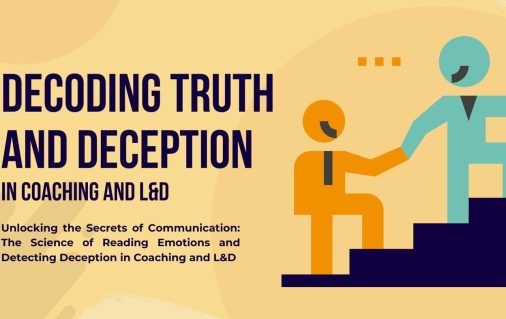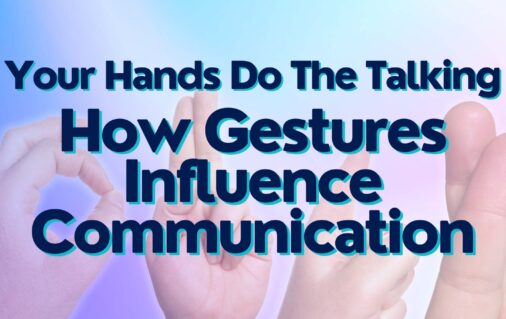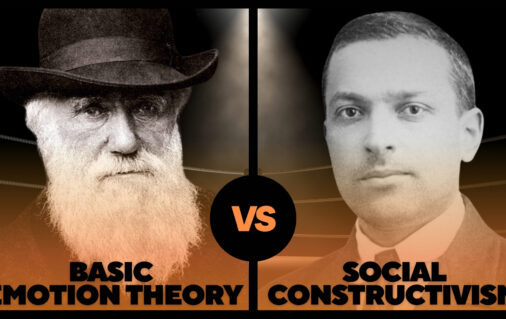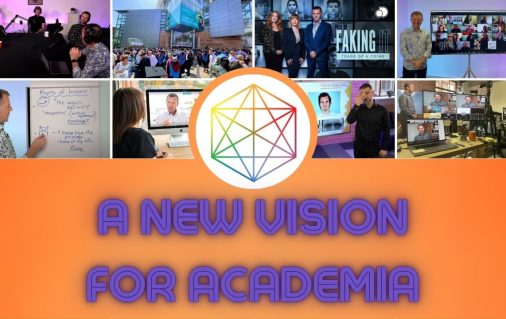History of Facial Expressions
Universal Facial Expressions
When discussing facial expressions, it is important to review the concept of universal facial expressions, as this idea has been hotly debated. Because it is a fairly new area of research, there has been conflicting research findings on whether or not facial expressions are in fact universal.
First, we must begin at the beginning. Are you the way you are because it is simply your nature, or is it a result of how you were raised? This is the famous nature vs. nurture debate. This issue is at the core of the discussion on universal facial expressions; whether human behaviour is a result of our innate nature, or if it results from our environment and social relationships nurtured through childhood experiences and lessons.
One of Darwin’s most profound contributions to this area of science was the idea that facial expressions could be universal. When studying primitive tribes in the 1970s, Ekman found that some facial expressions were in fact universal. These facial expressions were associated with a group of emotions that have now become regarded as universal emotions, which have corresponding universal facial expressions. Now, overwhelming evidence from around the world, in literate and preliterate societies has substantially supported Darwin’s claim. However, because this area of research is still quite new, there are conflicting views on universal facial expressions, as with any area of research, debate shows that we are actively exploring and questioning.
Lisa Fieldman Barret is a researcher who disagrees with the idea of universal expressions of emotion. Barrett’s theory of constructed emotion addresses what she refers to as the ‘emotion paradox’. Barret claims that research has been inconclusive in proving the existence of specific universal experiences of emotions.
She claims that neurological evidence only shows general affect (emotion) and that distinct emotions, such as sadness, are created by brain networks – that they are concepts created by the brain. Because of this, she claims that these basic emotions are learned, and not biologically hardwired through circuits in the brain (e.g., the fear circuit).
She suggests that the body and brain do experience feelings of pleasure, displeasure, arousal, and calmness, and that from these, our culture and society create emotion concepts and labels to explain and understand these experiences. Barrett also discusses the idea that facial expressions could be context specific. For example, she suggests that a scowl could mean different things in different situations and cultures and may not be related to the feeling of an emotion.
Although, yes, we can choose to make facial expressions like a scowl for many different reasons and facial expressions can be used as gestures (with different meanings) across cultures, as Ekman showcased through his groundbreaking research, Darwin’s perspective has real validity. The universal emotions that Ekman highlighted create a set of facial expressions that appear the same around the world.
Table of Contents
- History of Facial Expressions
- What are the Universal Facial Expressions?
- Individual Differences: How are Facial Expressions expressed?
- Self-Awareness and Facial Expressions: How are Facial Expressions Experienced?
- How are Facial Expressions Measured and Analyzed?
- Facial Action Coding System (FACS)
- Conclusion
















